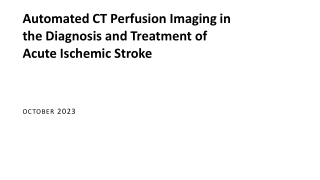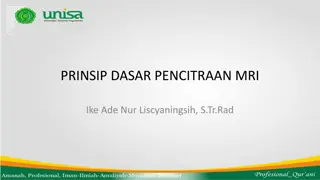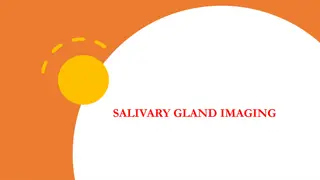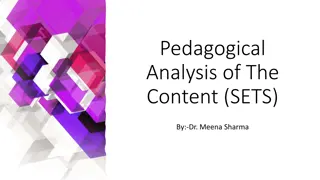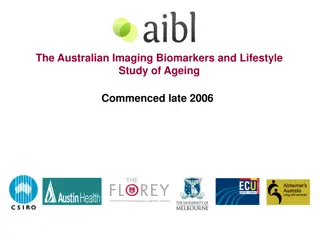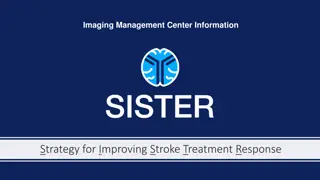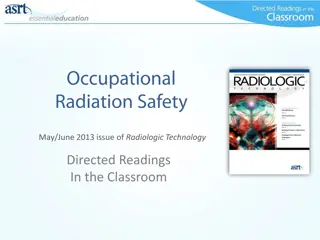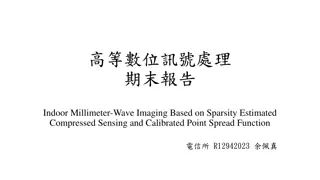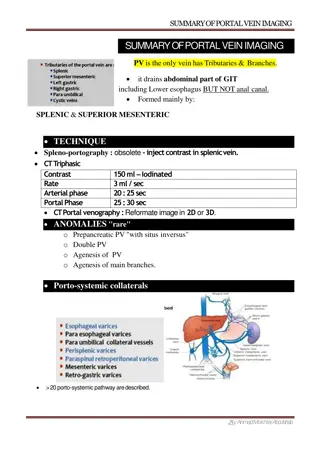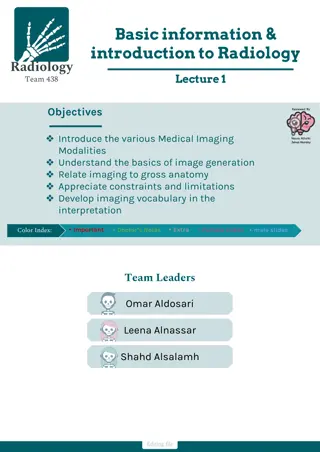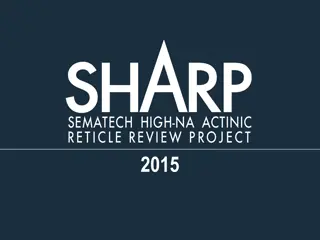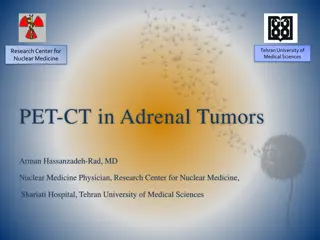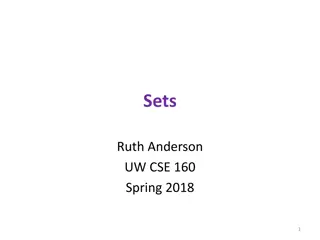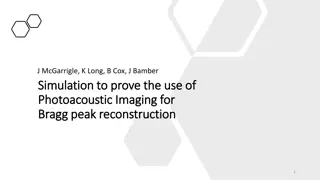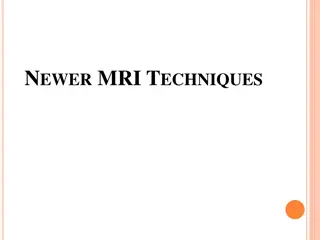Apertif Project: Imaging, Data Sets, and Achievements
"The Apertif project revolutionizes radio astronomy with phased array feeds, original surveys, and ALTA archive for data storage. The DR1 data set offers diverse products like calibrated visibility data, continuum images, and polarization cubes, all meeting high quality standards. Discover the world of Apertif and its contributions to understanding galaxies, AGN, and magnetic fields."
Download Presentation

Please find below an Image/Link to download the presentation.
The content on the website is provided AS IS for your information and personal use only. It may not be sold, licensed, or shared on other websites without obtaining consent from the author. Download presentation by click this link. If you encounter any issues during the download, it is possible that the publisher has removed the file from their server.
E N D
Presentation Transcript
Apertif DR1 Yan Grange, Mattia Mancini, Hanno Holties and the Apertif team
Apertif, Phased Array Feeds for the WSRT Transform the WSRT into an efficient 21-cm survey facility 17x Survey speed increase SKA Pathfinder
Apertif (imaging) Original 4 year legacy survey program ~350 sq degree medium deep survey (10x12 hr) ~3500 sq deg wide survey (1x12 hr) Radio continuum, polarization and neutral hydrogen Role of environment & interaction on galaxy processing Finding the smallest galaxies Connecting cold gas to AGN Understanding the faint radio population Studying magnetic fields in galaxies
ALTA the Apertif Long-Term rchive ALTA is the main source of Apertif data. VO interface is the main interface for external user access ASTRON (Dwingeloo): Online storage (including nearline object store) SURFsara (Amsterdam): Offline storage (including online cache & staging) Using IRODS for internal data management https://alta.astron.nl
The DR1 data set the released products Type Discovery Access Raw observational data Full time, Stokes and spectral resolution calibrated visibility data Calibration tables Inspection plots Continuum images Polarization images and cubes Line and dirty beam cubes
The DR1 data set product quality Validation of continuum data products by assessing they meet the resolution requirements, minimum sensitivity requirements, and have no significant image artifacts. Other data types released based on validation of corresponding continuum product! Most polarisation cubes also pass their own validation, since the criteria are comparable. Line cubes get flagged G ood, O kay or B ad depending on severity of artifacts.
Coming soon: ARTS DR1 Apertif also has a timing survey of FRBs Working on table for PSRFITS, couple to Obscore. Thanks Baptiste, Markus for discussions! Document this for Radio-IG (actual standard would be neat; why am I asking for more work )? Discussing how to handle non-detection data vs detection data. Probably going yo use a view
Closing remarks Currently we only have an image HiPS. Cube HiPS may be a good addition. Looking forward to other surveys with externally-hosted data (e.g. LOTSS DR2 coming Q3/4 2021). Any feedback is very welcome :) http://hdl.handle.net/21.12136/B014022C-978B-40F6-96C6-1A3B1F4A3DB0








